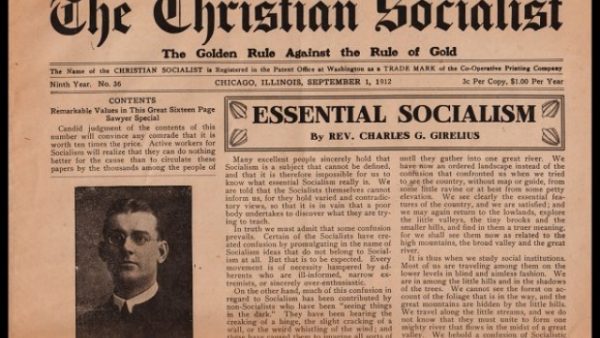

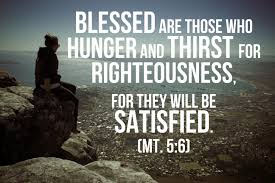
The fourth Beatitude
Today we look at the fourth Beatitude. “BLESSED ARE THOSE WHO HUNGER AND THIRST FOR RIGHTEOUSNESS, FOR THEY SHALL BE FILLED”. Mathew 5:6. Hunger…

True Grace Church Daily
True Grace Church Daily Inspirations
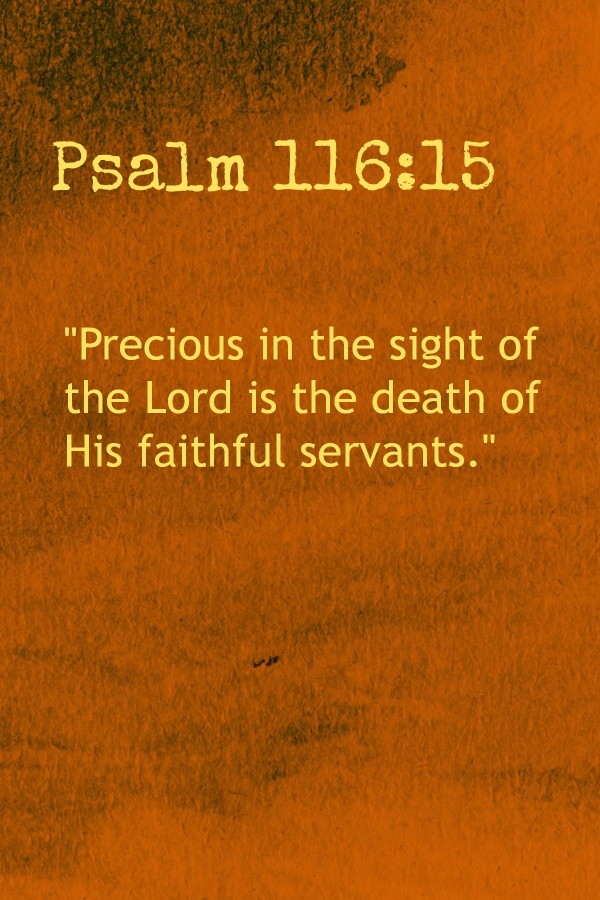
Is it time to take the Psalms?
Is it time to take the Psalms in a more literaly sense.
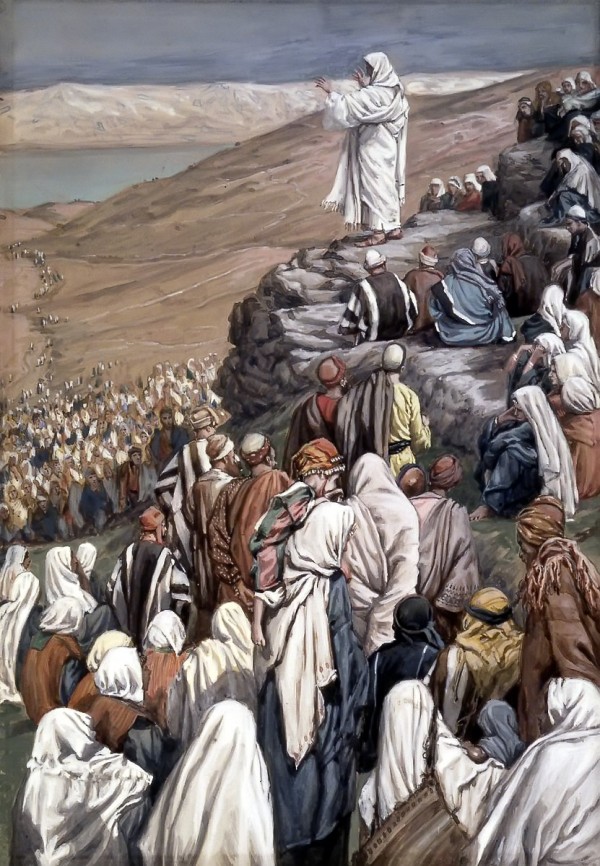
The 8h Beatitude (Matthew 5:10-11)
Today we look at The 8h Beatitude check Matthew 5:10-11 (KJV) “ Blessed are they which are persecuted for righteousness’ sake: for theirs is…

QUESTION of the AGES
QUESTION of the AGES: What’s Coming And What’s Going in the Future Church The Crosses are coming down and the Sanctuary is becoming an…

Vision of the 70 weeks in Daniel
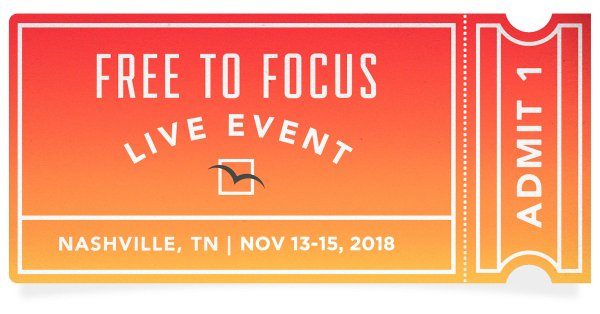
FREE to FOCUS [live event] An Intimate Event with Life-Changing Results

Is Christian Socialism a political utopia?
The Case for Christian Socialism: Both the Capitalists and the Liberation Theologians Are Wrong “For I was hungry and you did not give me…

100 DAYS of Great Tennessee Tent Revival #GreenevilleAwakening
A spiritual revival continues to blaze in Northeastern Tennessee, entering its 12th week Monday with more than 200 people accepting Jesus Christ as their…

Do you need a Church-Split Protection Plan?
Past experience of most churches include a series of church splits. A true test of leadership ability is to recognize the problem before it…

Angel, who had a golden censer
http://cogop.org/blog/our-prayers-are-as-incense/ “Another angel, who had a golden censer, came and stood at the altar. He was given much incense to offer, with THE PRAYERS…
